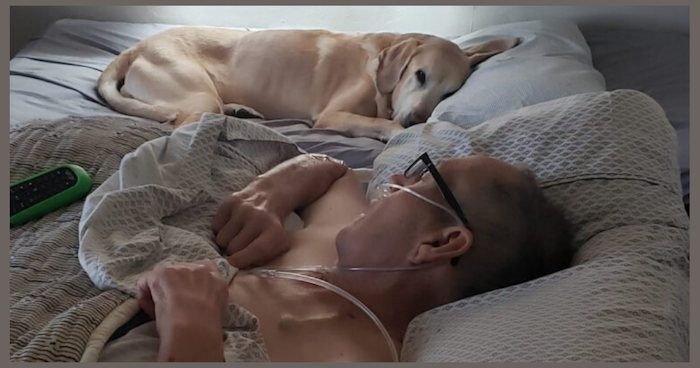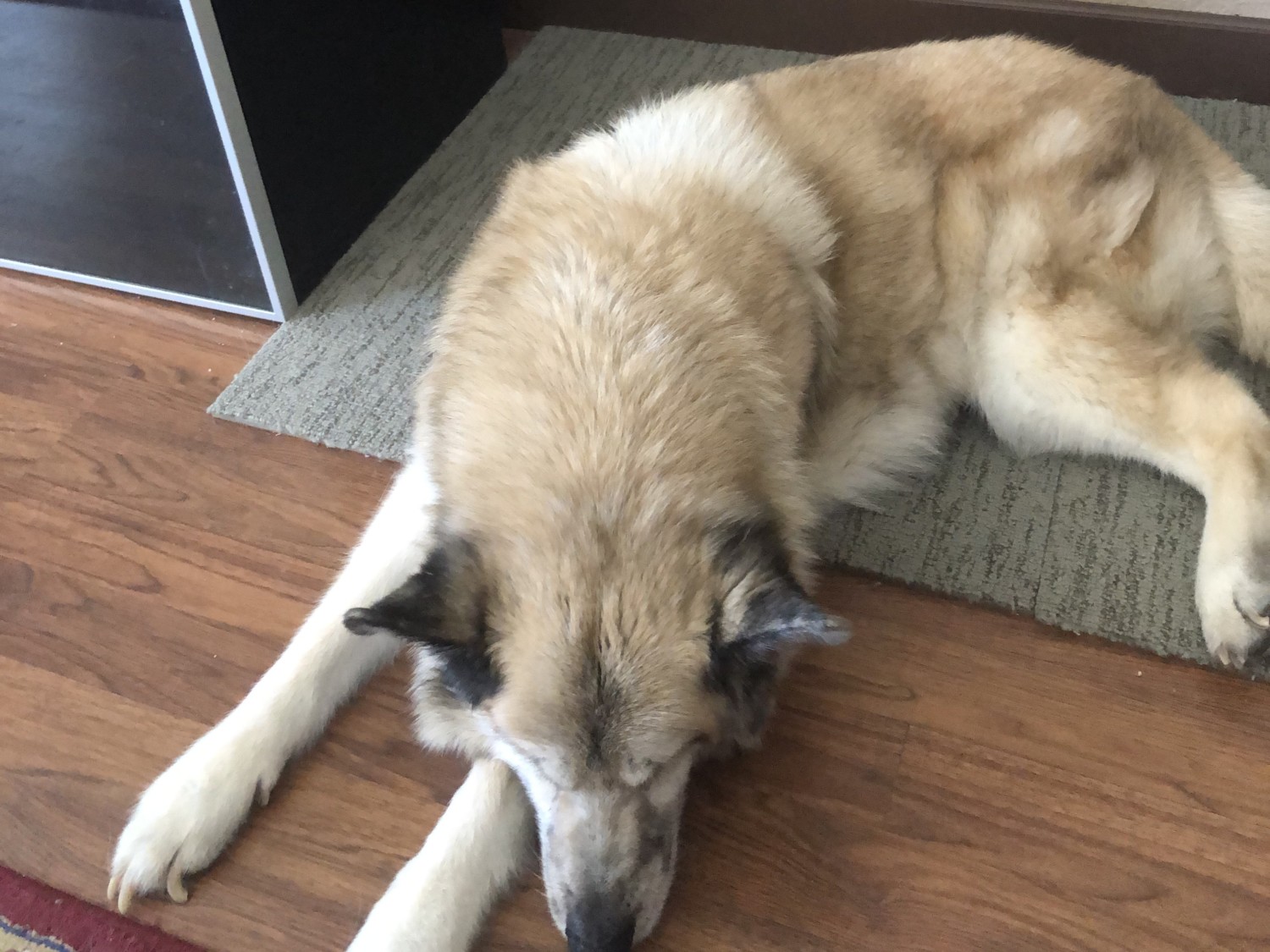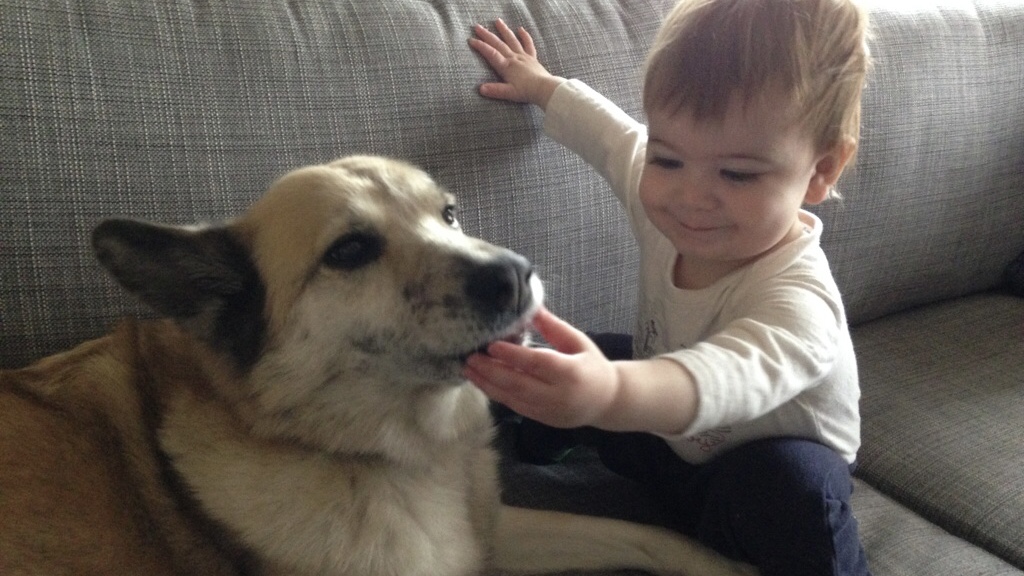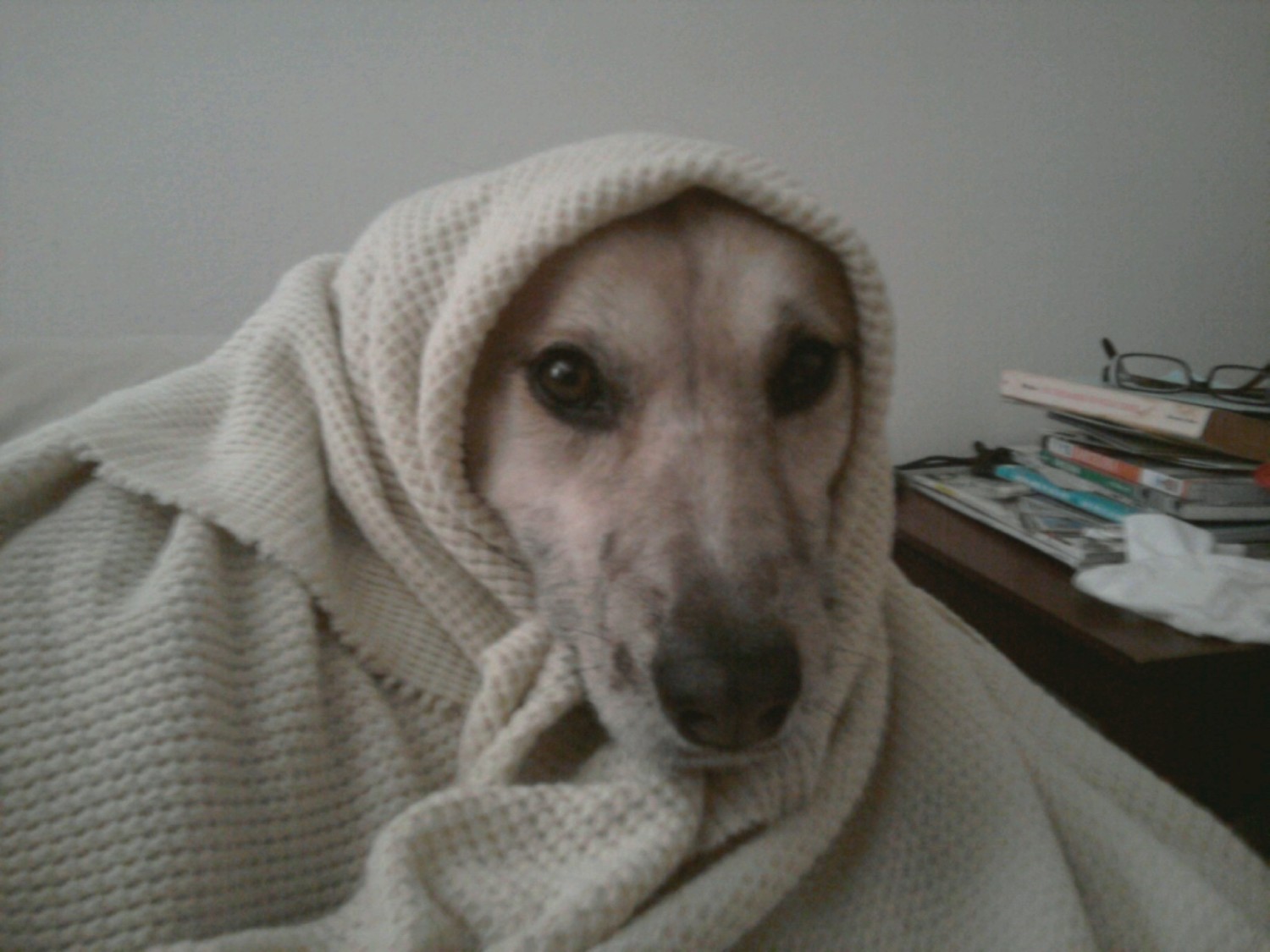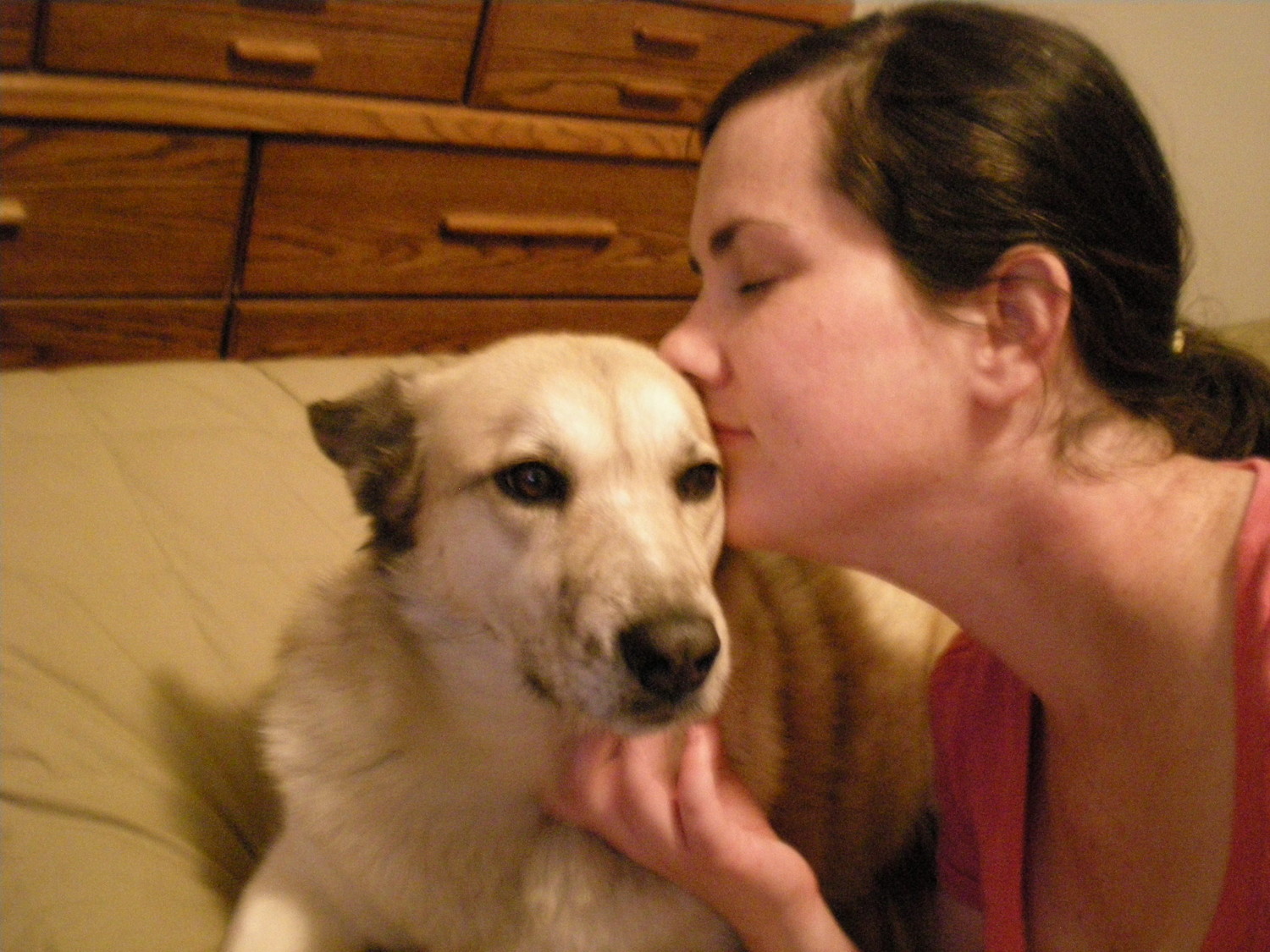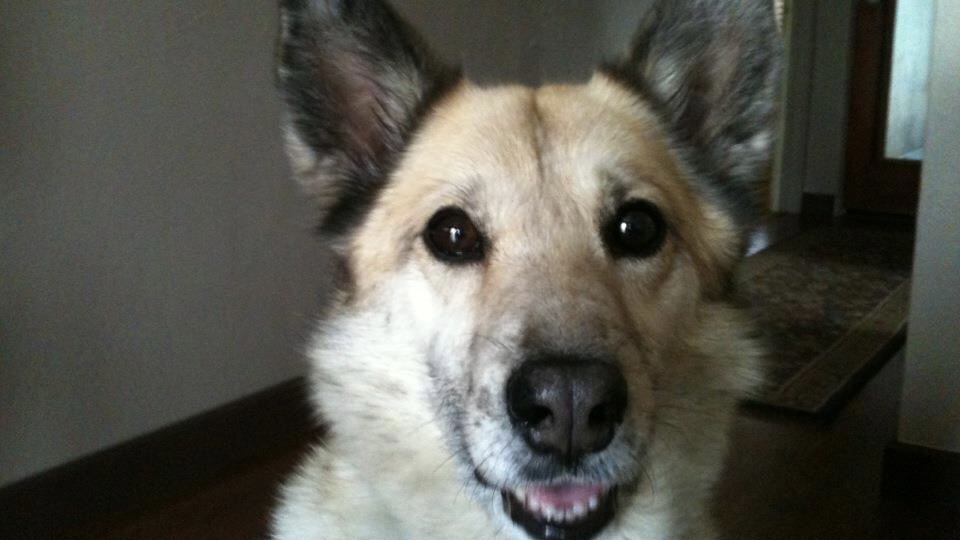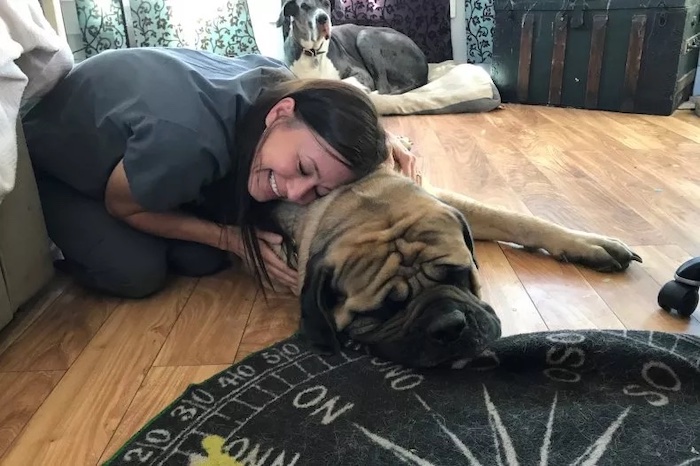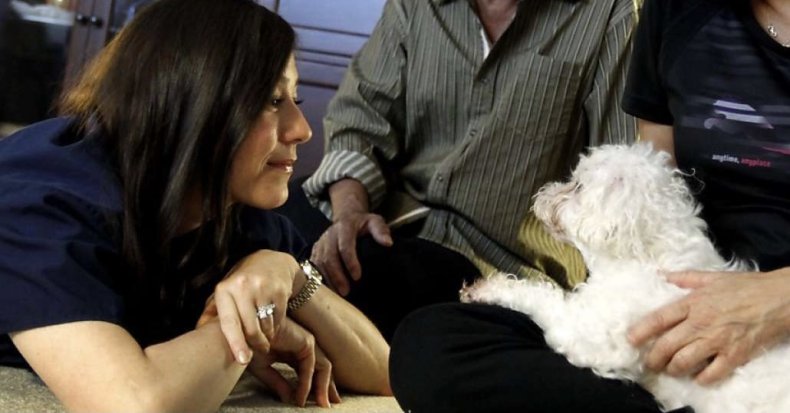Justin Gregg on Mourning Rituals and Death Wisdom

By Justin Gregg
“How strange that this sole thing that is certain and common to all exercises almost no influence on men, and that they are the furthest from regarding themselves as the brotherhood of death!”
–Nietzsche
*
Tahlequah was twenty years old when she gave birth to her daughter on July 24, 2018. Although the infant was full term, she died shortly after birth. Under normal circumstances, there would be an expert on hand to determine the cause of death. But these were not normal circumstances.
Immediately after the baby died, Tahlequah did something that would soon take the world by storm. She began carrying her dead child with her everywhere she went. She did this for weeks on end in what witnesses called a tour of grief. During this period, she rarely ate. When she slept, members of her family would take turns carrying the infant themselves. “We do know her family is sharing the responsibility… that she’s not always the one carrying it, that they seem to take turns,” said Jenny Atkinson, who watched the event unfold.
International news outlets traveled to Seattle, Washington, to bear witness to Tahlequah’s grief. There was an outpouring of sympathy from all over the world. People wrote poems about her. They posted drawings of her carrying her baby on Twitter. There was an op-ed in the New York Times from the author Susan Casey on how best to process the collective pain the public felt at watching this mother grieve.
On August 12, 2018, after seventeen days, Tahlequah finally let her infant go. Her body sank to the bottom of the Pacific Ocean. A few days later, scientists from the Center for Whale Research at Friday Harbor in Washington confirmed that Tahlequah had moved on, hunting salmon off the coast of the San Juan Islands. She was back to her old self.
Are humans better off than other species because of our understanding of death?
If it wasn’t clear by now, Tahlequah is not a human. She is an orca—popularly known as the killer whale, the largest dolphin species. Jenny Atkinson was also not just a witness, but the director of the Whale Museum in Washington, closely monitoring this unprecedented event. There are many examples of this behavior by dolphins in the peer-reviewed scientific literature: mothers carrying the dead bodies of their infants on their rostrums (beaks), constantly pushing them toward the surface. Dolphins care for sick or ailing family members in this way, supporting them near the surface to help them breathe.
However, calf carrying typically only lasts a few hours. Which is what makes Tahlequah’s seventeen-day vigil so unique. It was so long that her own health was affected. She was noticeably skinnier after weeks of not eating, focusing instead on pushing her calf through the water. Even scientists trained to dispassionately observe animal behavior were visibly shaken. “I am sobbing,” said Deborah Giles, a research scientist for the University of Washington Center for Conservation Biology. “I can’t believe she is still carrying her calf around.”
Many newspaper reporters described Tahlequah’s behavior as an example of mourning, as an indisputable example of animal grief. These stories were peppered with words like vigil and funeral, concepts that are bound tightly with an understanding of—and response to—death that we typically think of as the domain of humans, not animals. Some animal behavior experts, however, argued that describing calf carrying as a product of grief is nothing more than anthropomorphizing, attributing humanlike emotions and cognition to animals unjustly. “We dilute a real, powerful and observable human emotion by granting other animals the same emotions so freely without any scientific rigor,” argued the zoologist Jules Howard in The Guardian.
I don’t want to spend this chapter litigating the pitfalls of anthropomorphism, however. Instead, I want to tackle the specific problem of what death means to non-human animals. Because death means something to them. It meant something to Tahlequah. But what? This chapter is dedicated to figuring that out. And at the end of this chapter, even if we are sure that humans understand the meaning of death on a deeper level than Tahlequah or other animals—on such a deep level that we should reserve words like grief and mourning for our species alone—we are still left with a bigger question. Are humans better off than other species because of our understanding of death?
*
What do animals know about death? Darwin himself wondered about this, asking in The Descent of Man, “Who can say what cows feel, when they surround and stare intently on a dying or dead companion?” Almost 150 years later, the anthropologist Barbara J. King published a book—How Animals Grieve—citing countless examples of animals from across the taxonomic spectrum reacting to the death of a social partner or family member in ways similar to Tahlequah. Her examples range from animals we typically associate with intelligence, like dolphins, to animals we don’t. “Chickens, like chimpanzees, elephants, and goats, have a capacity for grief,” writes King.
The question of what animals know about death (and thus how they grieve) is part of comparative thanatology—a field of scientific inquiry attempting to understand animals’ death-knowledge. Comparative thanatologists want to know how an animal knows whether something is alive or dead, and what death means to them.
Ants, for example, know something about death because a dead one will release necromones—chemicals only present when decomposition sets in. When another ant smells necromones on a dead ant, it will carry away the body and dump it out of the nest. But you can trigger this same body-removal response (called necrophoresis) by spraying any ant with necromones and watch as other ants carry them kicking and screaming out of the nest. This does not suggest that ants have a particularly sophisticated knowledge of death, and only a very limited way of recognizing it.
But other animals react to death in ways instantly recognizable to us. The carrying of dead infants is not limited to dolphins. It is also commonly observed in most primates. Mothers will carry the body of their infant for days or even weeks at a time. This is often accompanied by behaviors that look, to a human, like grief: social withdrawal, mournful vocalizations, and a “failure to eat or sleep,” as Barbara King describes it. But grief, if that is indeed what we are witnessing, is not synonymous with an understanding of death.
Dr. Susana Monsó is a philosopher with the University of Veterinary Medicine Vienna whose research focus is the concept of death in animals. She argues that “grief does not necessarily signal a [concept of death]—what it signals is a strong emotional attachment to the dead individual.” This sets up a scenario where there are different levels of sophistication when it comes to an animal’s understanding of death.
The most basic is called a minimal concept of death, a kind of death-knowledge that many—if not most—animals have. Monsó argues that for an animal to have a minimal concept of death, it need only be able to recognize two simple attributes: “1) non-functionality (death stops all bodily and mental functions), and 2) irreversibility (death is a permanent state).” An animal is not born knowing these things, but learns about death through exposure.
Grief, if that is indeed what we are witnessing, is not synonymous with an understanding of death.
Monsó explained to me that “for an animal to develop a minimal concept of death, she must first have some expectations regarding how beings in her surroundings typically behave.” For example, soon after being born, a young dolphin would quickly learn how living things behave. She would expect other dolphins to move their flukes up and down to swim through the water, chase and eat fish, and make lots of whistling and clicking sounds.
But when she first encounters a dead dolphin, she will notice that none of these things are occurring. And if she observes the dead dolphin long enough, she will learn that it’s a permanent state. Her mind will then be able to categorize the world into living and no-longer-living things. Monsó argues that a minimal concept of death is “relatively easy to acquire and fairly widespread in nature.” It does not require particularly complex cognition. Grief, then, can crop up as a rather straightforward emotional response to the permanent nonfunctionality of a social partner or family member.
It’s important to understand, however, that just because a dolphin can recognize death, it does not mean she understands her own mortality. Or that all living things must die. These are two additional levels of understanding that nonhuman animals lack. According to Monsó, “a very sophisticated notion of personal mortality also incorporates the notions of inevitability, unpredictability, and causality. They might acquire, through an accumulation of experiences with death, a notion that they can die, but probably not that they will die. I think that such a notion is probably restricted to humans.”
There seems to be consensus among scientists and philosophers that there is a fundamental difference between what animals and humans understand about death, especially the awareness of mortality itself. “Among animals,” writes King in How Animals Grieve, “we alone fully anticipate the inevitability of death.” This is called mortality salience: the scientific term for an ability to know that you—and everyone else—will one day die. I prefer the more poetic term death wisdom.
When my daughter was eight, we heard her crying in her room not long after we read her a bedtime story and said good night. She was sitting up in bed looking particularly miserable. She explained that she was thinking about death, and that one day she would lose her eyes and never open them again. Never see, or think, or feel anything anymore. She was scared, but also described a kind of existential dread that was new to her. I suspect that it’s a feeling you, too, recognize: the crush of sadness that overwhelms the mind when contemplating the reality of one’s own death. It was not something that my daughter had ever spoken about—or experienced—before that moment. And it was heartbreaking to watch.
Complete Article ↪HERE↩!

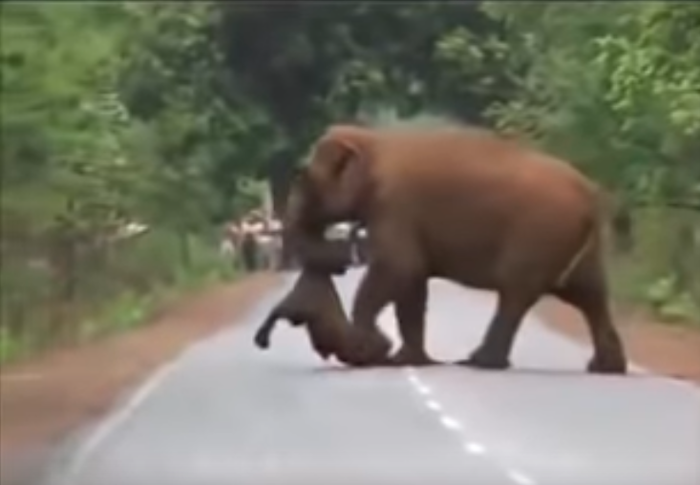

/https://www.thestar.com/content/dam/thestar/uploads/2022/03/31/untitled-design-3--0.png)
/https://www.thestar.com/content/dam/thestar/life/together/pets/2022/04/03/life-after-living-pet-loss-professionals-help-people-work-through-their-grief/pet_secondary_2.jpg)
/https://www.thestar.com/content/dam/thestar/life/together/pets/2022/04/03/life-after-living-pet-loss-professionals-help-people-work-through-their-grief/pet_secondary_3.jpg)
/https://www.thestar.com/content/dam/thestar/life/together/pets/2022/04/03/life-after-living-pet-loss-professionals-help-people-work-through-their-grief/pet_secondary_4.jpg)
/https://www.thestar.com/content/dam/thestar/life/together/pets/2022/04/03/life-after-living-pet-loss-professionals-help-people-work-through-their-grief/pet_secondary_5.jpg)

